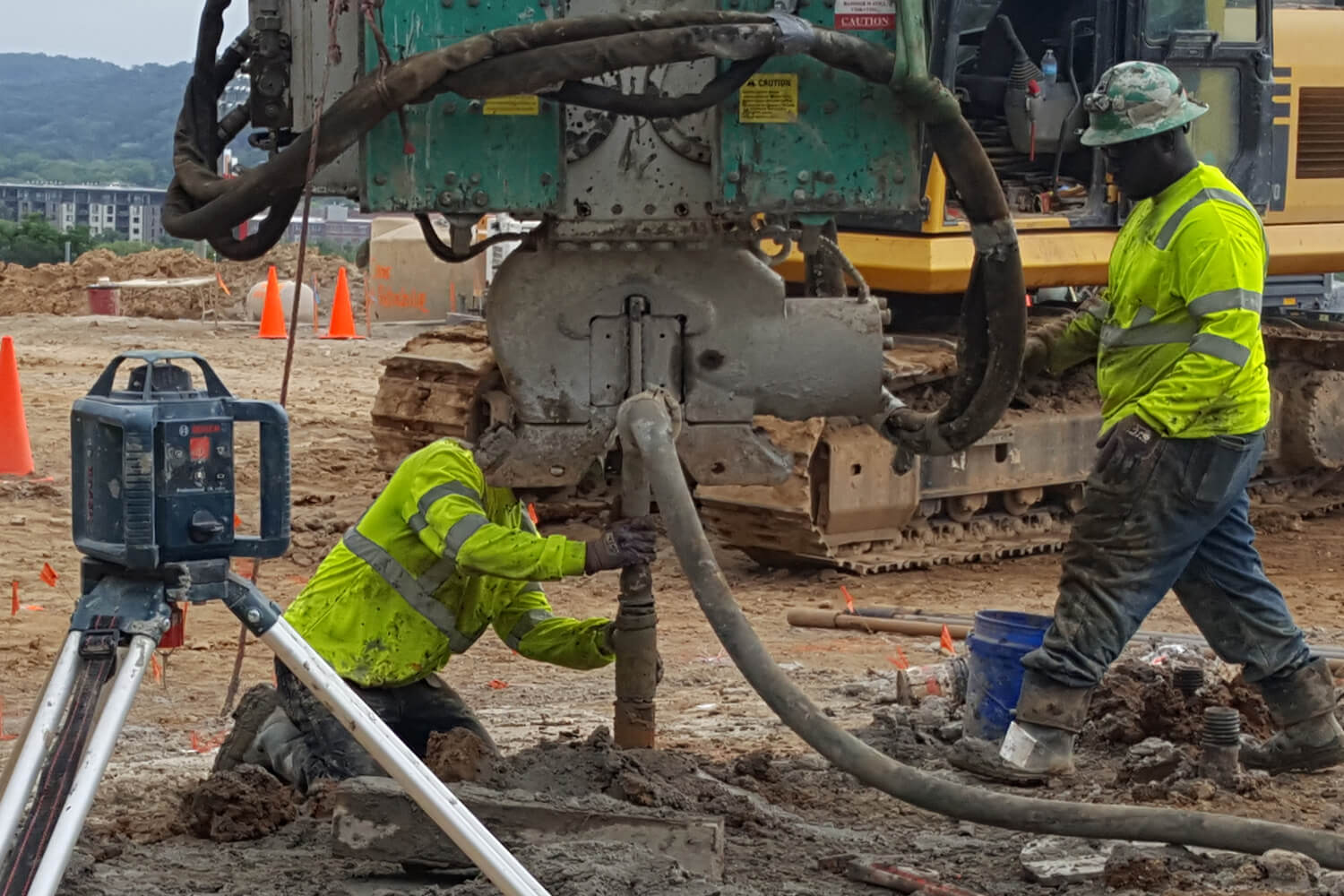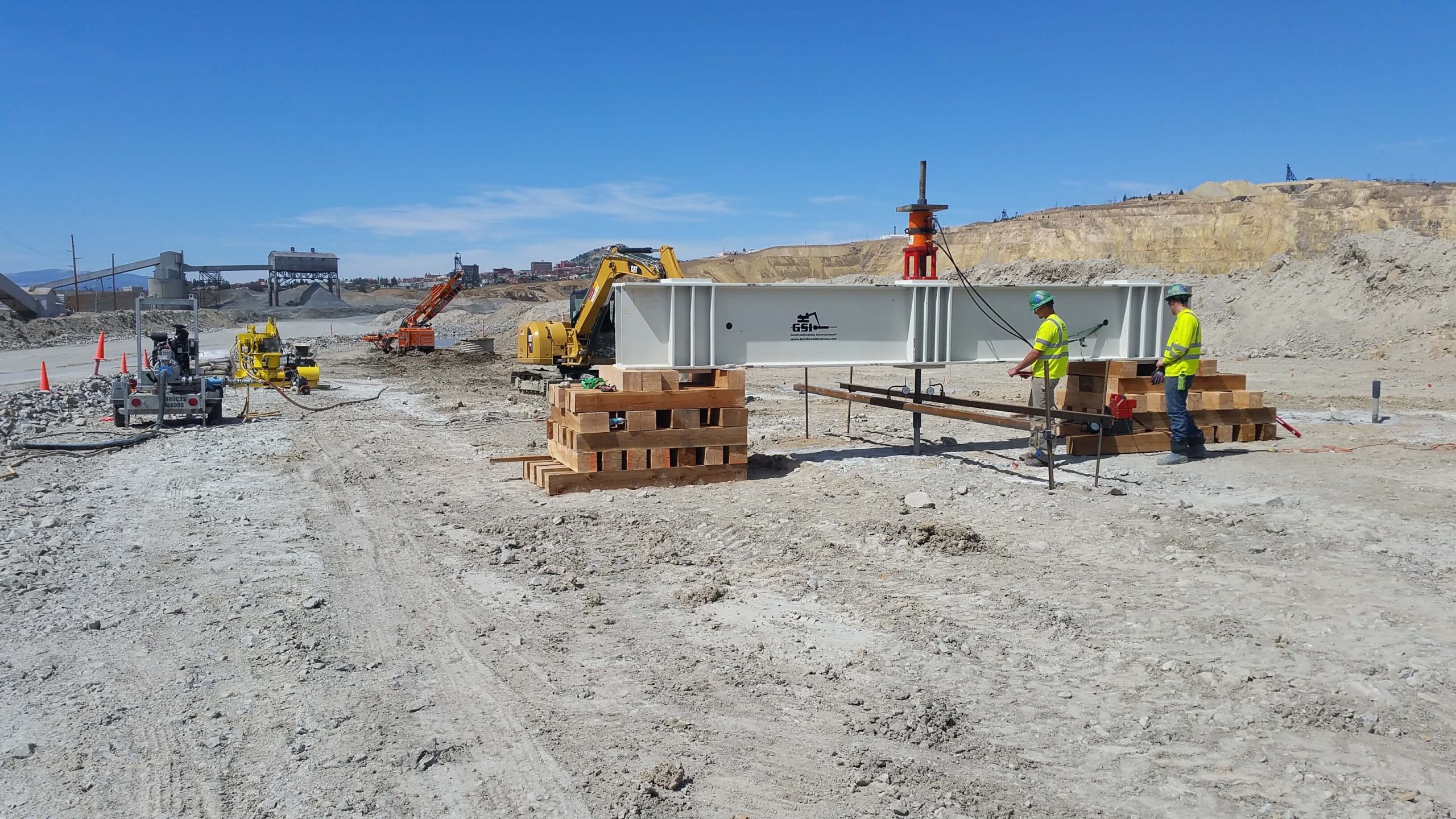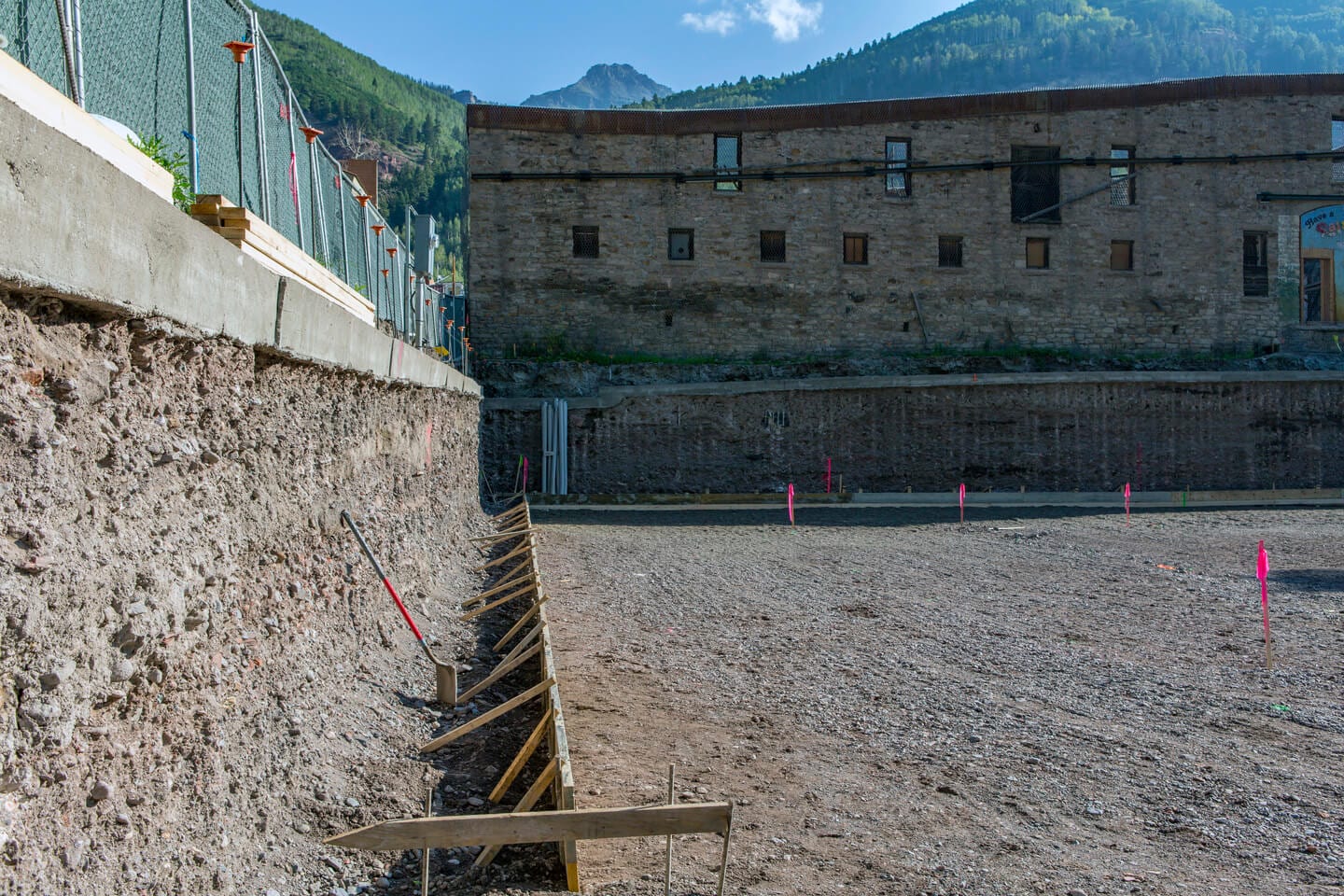Repairing, Raising, and Stabilizing Foundations
Underpinning is a method used for repairing, raising, and stabilizing foundations. This technique involves lowering the footing of the foundation to rest on a more supportive soil or bedrock, bypassing problematic soil layers and providing structural support to the building. Whether your foundation is compromised, settled, or experiencing sinkhole conditions, underpinning can help restore stability and prevent further damage.







